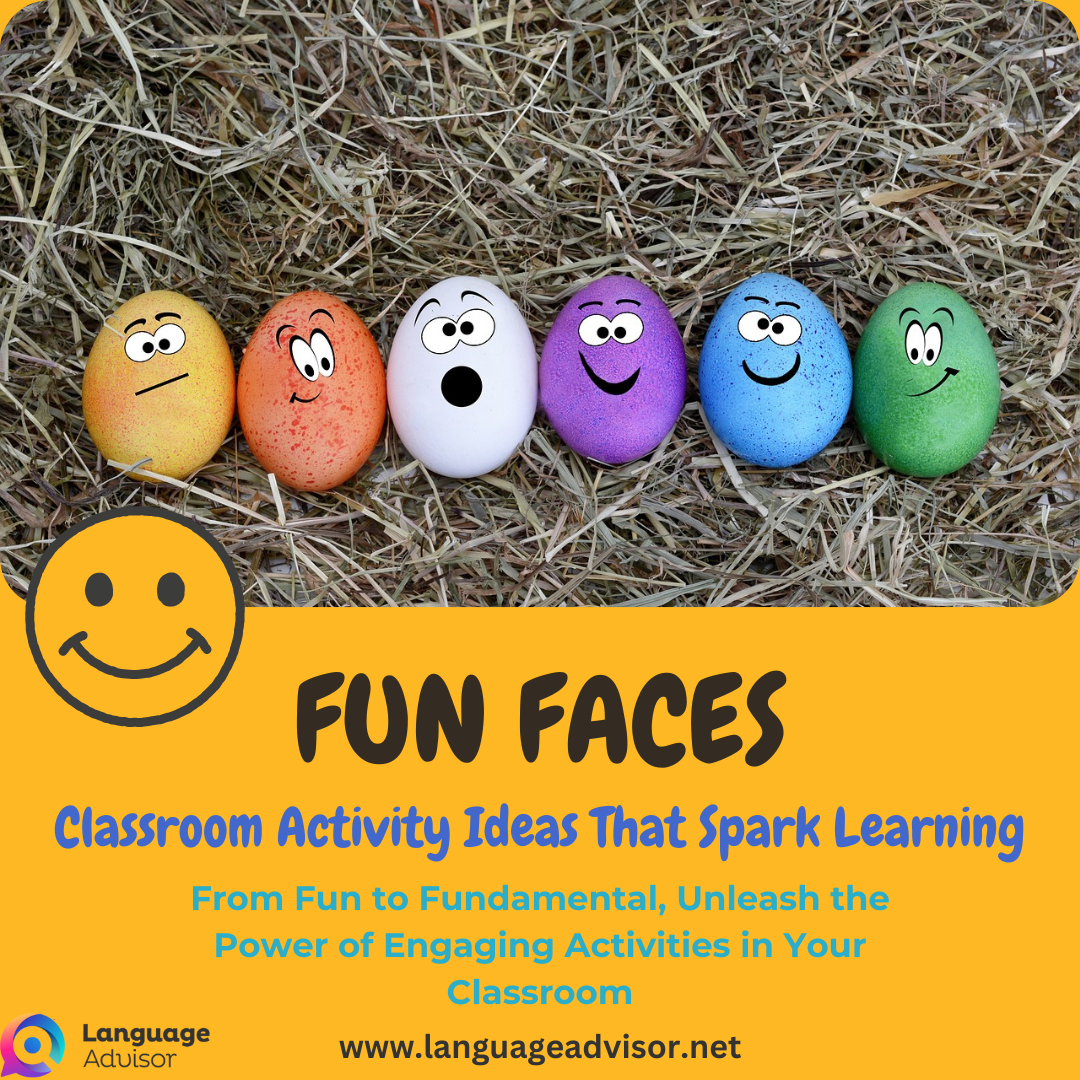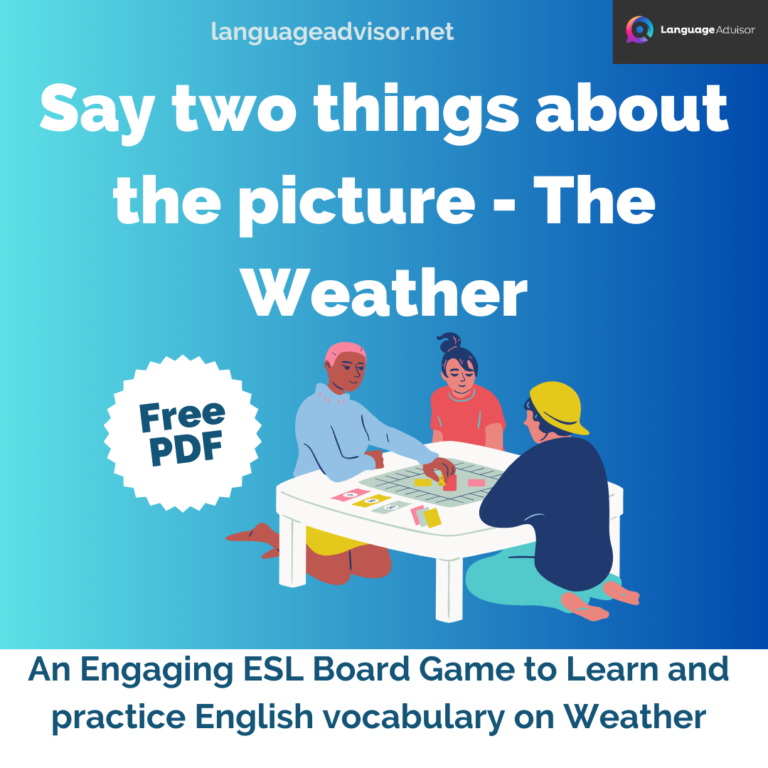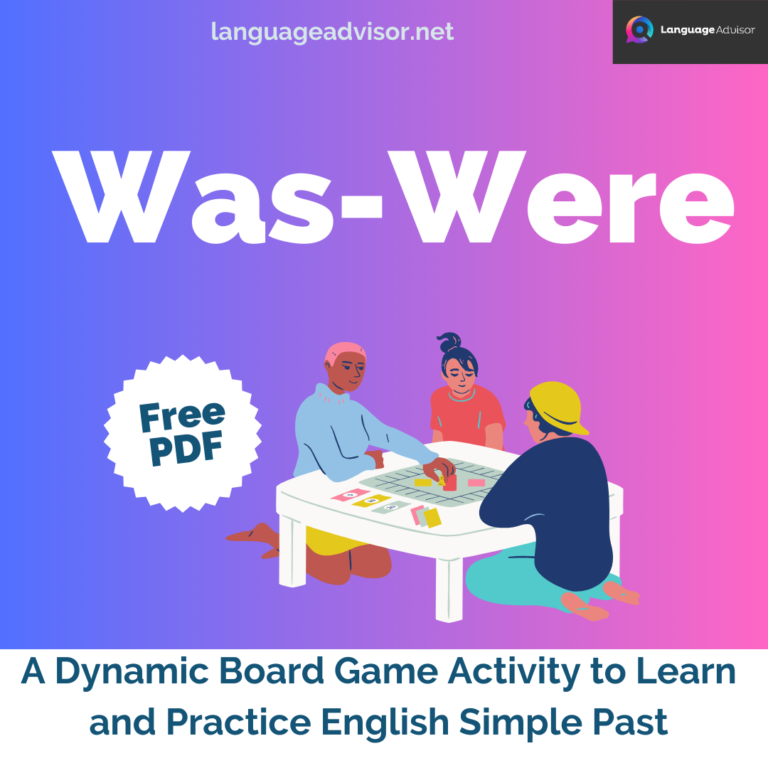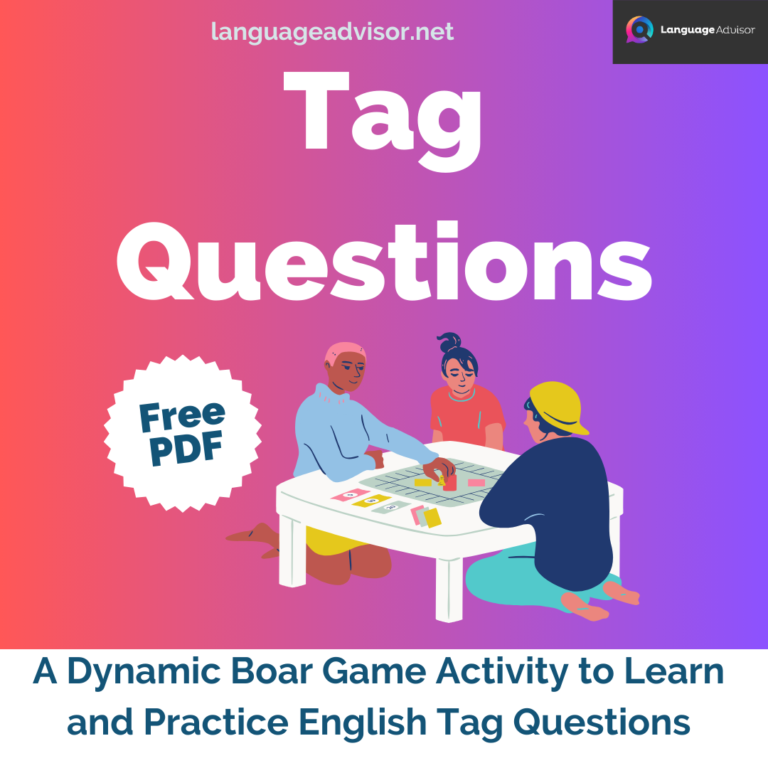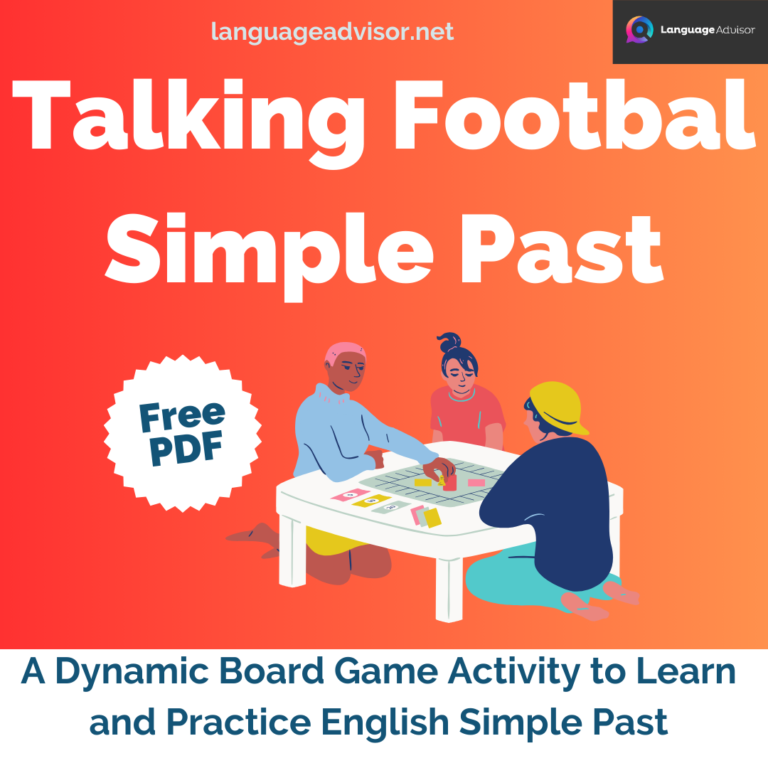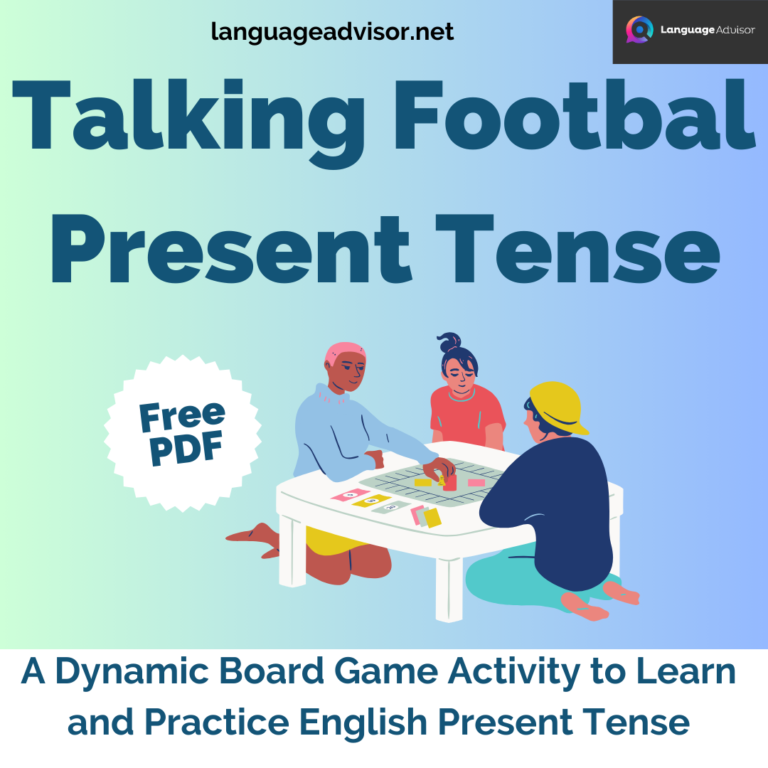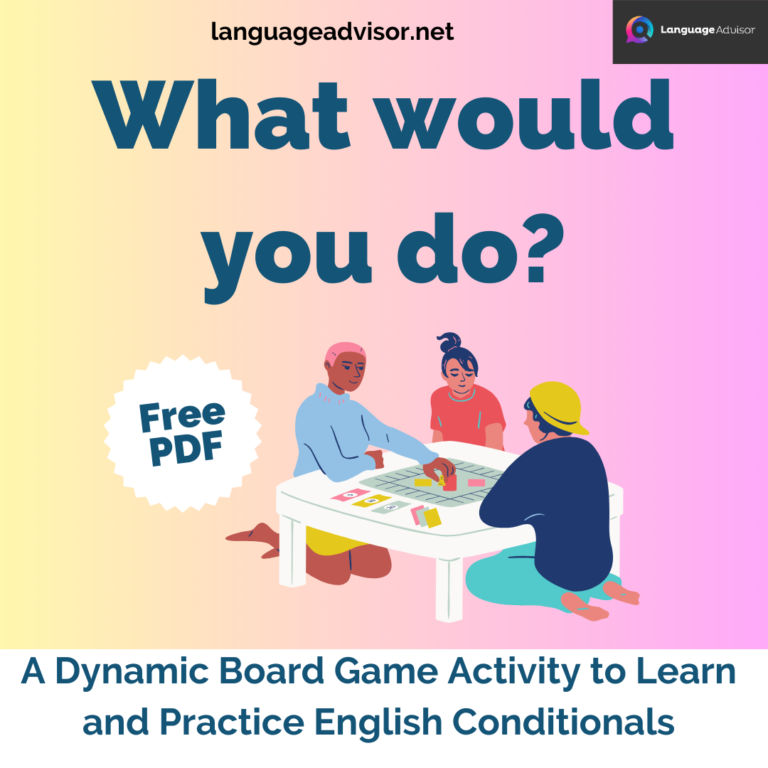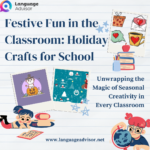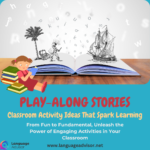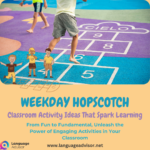FUN FACES. Classroom Activity Ideas That Spark Learning. From Fun to Fundamental, Unleash the Power of Engaging Activities in Your Classroom
FUN FACES

FUN FACES. Classroom Activity Ideas That Spark Learning
Every teacher knows that a dynamic and engaging classroom is the cornerstone of effective education. To keep the learning environment vibrant and inspiring, it’s essential to incorporate innovative classroom activities that capture students’ imaginations and enhance their educational experience. In this blog post, we’re excited to present a treasure trove of creative and versatile classroom activity ideas that cater to a wide range of subjects, grade levels, and teaching styles. Whether you’re a seasoned educator looking to revamp your teaching strategies or a new teacher eager to make a memorable impact, these activity ideas will breathe new life into your classroom. So, let’s embark on this educational journey and explore a world of exciting possibilities that will make learning not just informative but unforgettable.





FUN FACES
Target Group: 2nd year
Difficulty Level: Basic Conversation
Activity Objective: The goal of this activity is to practice numbers, shapes and potentially, basic conversation
Procedure
First, review the numbers 1 through 10 with the students using large flashcards. Pronounce each one for the students and have them repeat. Then, point to random numbers and ask the class to call them out in unison. After, you may want to play a game or two of bingo using numbers.
Next, review the shapes with the students. The shapes will likely be new, so keep them simple and repeat them multiple times. When the students have a grasp of the words, begin the activity :
- Tell the students that they will be drawing faces today.
- Show them your own example using an enlarged A3 version of the Fun Faces worksheet.
- Hand out the Fun Faces worksheet, a simple A4 sheet with a square for the students to draw in.
- Explain that you will say the name of a shape and then how many of that shape you want.
- Go through two examples, drawing your face on the board while the students listen / watch.
- Once they understand the idea, tell them it is time to begin!
- Put all of the shape flashcards on the board using magnets.
- Call out a shape, having the students repeat it, and then a number, having the students again.
- Only after having the students repeat the shape and word, point to the flashcard and write the number of shapes underneath it. This gives them the chance to recognise the vocabulary verbally.
- During the activity, draw your own face on the board so the students can follow along visually.
- Say the next shape, without repeating what’s been called out, and continue the activity.
- After going through all the shapes, ask for volunteers to choose a shape and number they want to draw. This moves the activity from strictly listening to speaking as well.
- When a he / she chooses a shape and number, remove that flashcard and ask for a new volunteer.
- Continue until all the shapes have been called out.
- After, ask for volunteers to present their drawings and reward them with stickers for sharing
Materials and Preparation
Bingo Worksheets (A4) (Optional)
Completed Fun Faces Worksheet (A3) (Optional)
Fun Faces Worksheets (Simple A4 worksheet with a square for students to draw in and possibly some shape clipart.)
Number (1 – 10) Flashcards (A3 or Larger)
Shape Flashcards (A3 or Larger)
Suggestions and Advice
You might find this activity enjoyable because it gets you involved in listening and speaking while staying active. Additionally, it can be rewarding to see what you end up drawing. Here are a few useful suggestions and advice for the activity:
A lthough optional, bingo helps get the students energised before reviewing the shapes. Since the shapes may be new vocabulary, it takes some time to go over and memorise the words. Full of energy, the students are much more likely to remain attentive. Having a personal example of the Fun Faces worksheet to show gets the students excited and helps them better understand that they will be doing something similar.
The first “round” of Fun Faces is good for practicing listening and pronunciation, but having the kids interact and volunteering during the second “round” gets them speaking and builds confidence.
During the activity, draw a large version of your own Fun Face. This not only acts as a visual example for those that have more difficulty with verbal instructions, but the students get excited when the teacher participates in the activity.
Additionally, this activity can easily be adjusted to focus more on communication or different grade levels. Having the students use phrases like, “I like (shapes).” can reinforce other targets.





Classroom Activity Ideas That Spark Learning
In the ever-evolving landscape of education, the role of teachers is not just to impart knowledge but also to inspire, engage, and empower their students. The classroom activities we’ve explored in this blog post are more than just tools for teaching; they are catalysts for transformation. They have the potential to ignite a passion for learning, foster critical thinking, and build meaningful connections among students.
As educators, we are tasked with shaping the future, and these activities are powerful tools in our arsenal. By embracing innovation and adopting creative approaches to teaching, we create environments where students not only learn but also thrive.
So, whether you’re a seasoned teacher looking to rejuvenate your classroom or a new educator embarking on your teaching journey, remember that every activity you introduce is a chance to make a lasting impact. Keep experimenting, keep adapting, and keep kindling the flames of curiosity and knowledge within your students.
The possibilities are endless, and the future is brighter because of the dedication of teachers like you. Thank you for your commitment to the world of education and for seeking out ways to spark learning in your classroom.
Together, we can continue to inspire the leaders, thinkers, and innovators of tomorrow.





Also check out these articles on teaching, teaching methods and teaching tools






